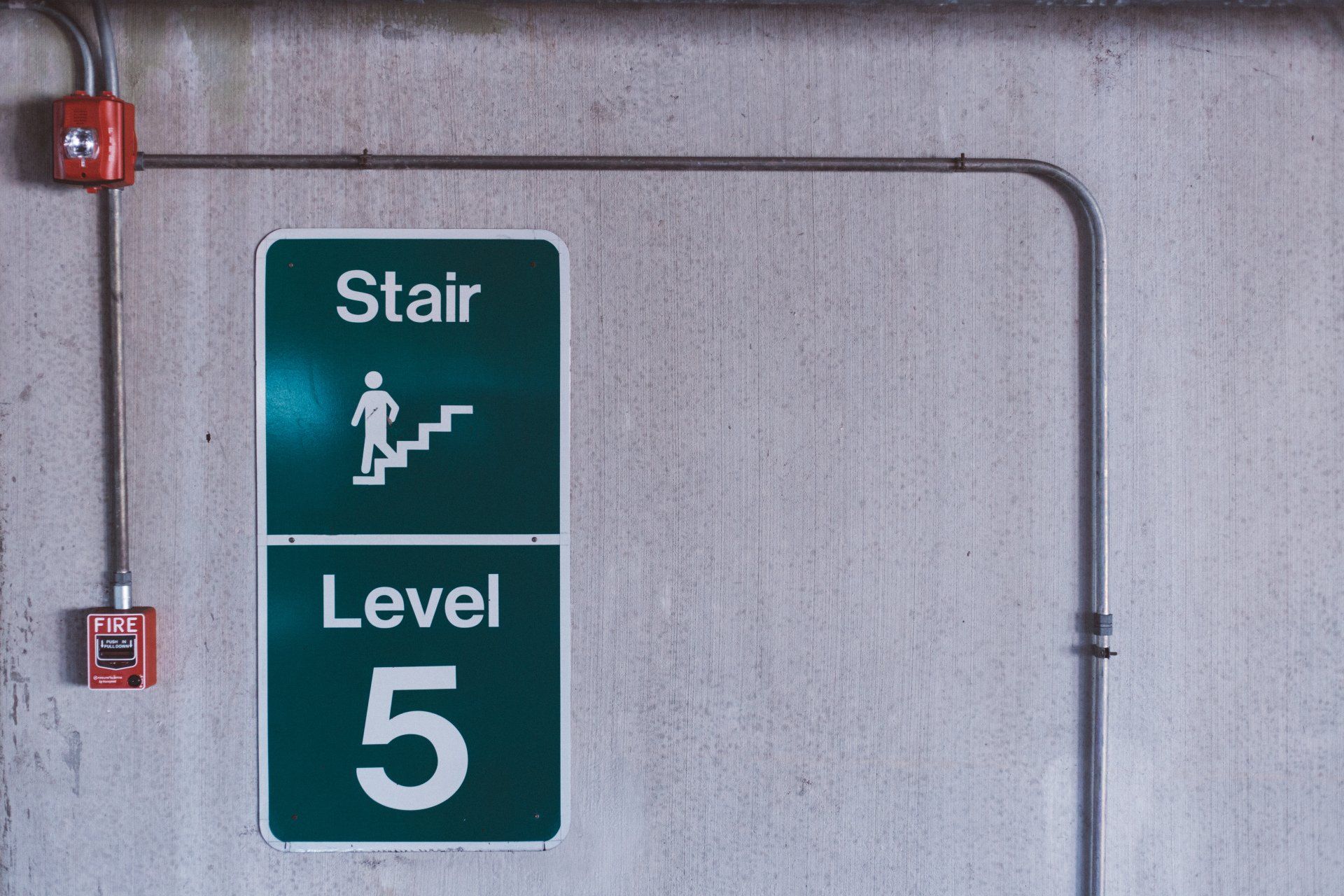School Ceiling Collapse in Dulwich Prompts Building Safety Questions
School Ceiling Collapse in Dulwich Prompts Building Safety Questions
Yesterday's incident at a Preparatory school in Dulwich saw eleven children and two adults taken to hospital after a ceiling collapsed in a Year 3 classroom. Click here to read the full article.
Thankfully all injuries were minor, but the incident draws into focus the need for all school proprietors and governing bodies of the need to be aware of the condition of their buildings at all times. How can this be achieved?
Since there are no mandatory requirements to inspect ceilings or many other features, how can building owners know what is needed to keep buildings safe?
Have a clear understanding of the buildings on your premises
This will allow your organisation to have a strategy of Planned Preventative Maintenance (maintenance tasks that are scheduled ahead of time and which take place on a regular basis), as opposed to reactive maintenance (waiting for something to happen, which is always going to catch you out and comes with significant liabilities). If taking on a building, take time to work out the integrity of structural elements, and consider how a PPM strategy can be put in place to manage the condition of the building. It may be necessary to commission a number of formal inspections and surveys.
Regularly inspect and survey areas of concern
In any building, it is essential to carry out maintenance checks regularly, thoroughly, and by a competent person who understands the regulatory requirements and the key risks within the building. These checks should also be clearly documented with evidence that confirms whether the building is fit for purpose and of good order. Where doubts exist or the integrity of a feature cannot be confirmed, it may be necessary to commission structural surveys, particularly in older buildings and especially where many refurbishments have taken place.
Know what to look out for
With regard to ceilings in particular, look for signs of sagging, water damage, leaks and significant cracks which may indicate more significant underlying problems. Areas known to be of of concern should be regularly investigated and surveyed by a professional.
Are we ready for a critical incident?
Another consideration for those managing schools relates to the ability to manage an unexpected, unplanned, unforeseen event. It is always a valuable evaluation to assess whether your management is ready and whether staff are able to deal with such an emergency at any time and in any situation.
Critical incident management procedures and, perhaps more importantly, drills can be such a valuable tool in ensuring staff remain as calm as is possible in light of what can be very testing circumstances. Schools should assess such factors as:
- What constitutes a ‘critical incident’?
- Who will take control?
- What roles are needed?
- Are there any times during the week where additional procedures or precautions are needed?
- How can we ensure effective communication internally and externally?
How can I access support?
If you feel that your school could benefit from bespoke advice regarding Health and Safety, Critical Incident Planning or other risk and insurance matters please feel free to make contact for a no-obligation chat.
Health and Safety, Critical Incident Planning – Kevin Clarke, Culham Consultancy
t: 07867 493826
e: kevin@culhamconsultancy.com
Insurance and general risk enquiries – Rachele Kelsall, Hugh J Boswell
t: 01603 723575













